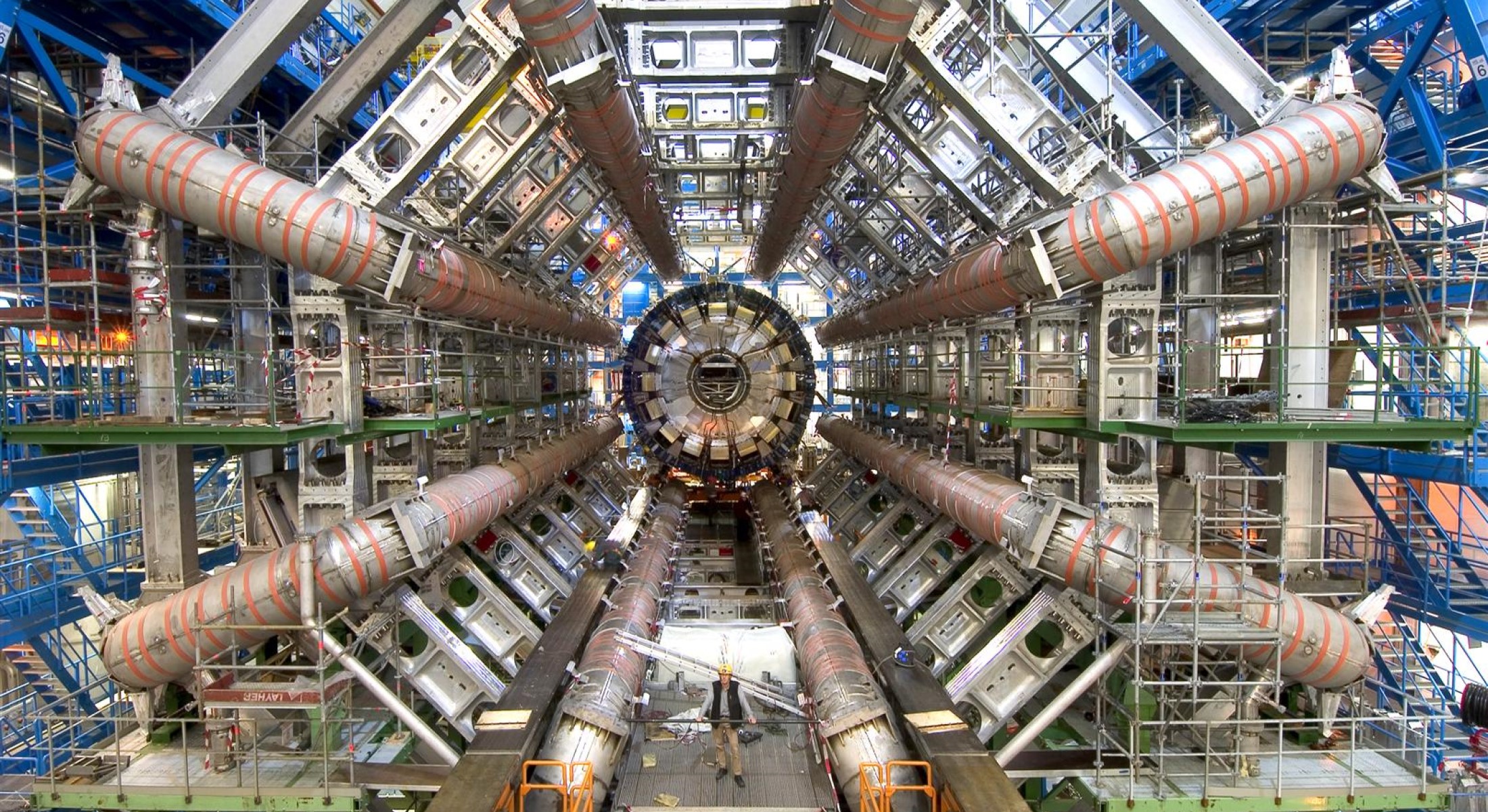
Things Invisible
Sixth Sunday of Easter. Fr Benjamin Earl preaches on the effects of the Spirit.
Every Sunday at Mass we profess together our belief in the one God who is maker ‘of all things visible and invisible.’ Until a dozen years ago we used to say ‘all things seen and unseen’, but it was corrected to ‘visible and invisible’. There are plenty of unseen things which are nonetheless visible. For example, to the best of my knowledge, nobody has ever seen my brain; but I have some confidence it both exists and, in principle, is visible. I would simply ask that nobody try to verify this until after I’ve finished using it.
When we recite the Creed we affirm that God creates not just things which haven’t in fact been seen, but things which cannot be seen. They are invisible not because they are shielded by some invisibility cloak, but because by their very nature they cannot be seen.
Physics gives us some examples of things which certainly seem to exist, but which are invisible. Forces, such as gravity, indubitably exist, but of course are invisible. There are even particles which exist, or at least we think they do, but which are invisible. We will never see a Higgs Boson. We may build giant racing tracks for subatomic particles under the Franco-Swiss mountains, but all those can do is detect some of the effects of the so-called ‘God particle’. It’s not as if we could see one under a microscope. These things – gravity and bosons – we can only know of because of their effects.
As we progress through Eastertide our focus begins to shift. We began with the joy of seeing the risen Christ: God made man, invisible made visible, who died, but rose and walked among us once more. But as we move towards the Ascension, celebrated in England next Thursday, we prepare for a time when even the incarnate Son will no longer be seen; in this world he will no longer be visible. In a sense, he becomes even more invisible than gravity or the Higgs Boson, as he is not part of this Universe, and as God he is uncreated. But like gravity and bosons, God can be known by his effects: and this is demonstrated in the readings for this Sunday.
We heard in the Acts of the Apostles how Philip, one of the seven deacons, proclaimed Christ to the Samaritans, and worked miracles of healing. Philip shows by his actions the power of the invisible God and ascended Lord. Then the apostles Peter and John come and call down the Holy Spirit on those Philip had baptised – today we would say they ‘confirmed’ the newly-baptised. The Spirit strengthens the believers to proclaim the good news themselves. They made such an impression that, shortly after this passage, a certain Simon the Magician offers to pay the apostles to give him the power of imparting the Holy Spirit. This ‘Simony’, as it became called, is roundly condemned by Peter, but it is clear evidence that the invisible Spirit produces visible effects.
In St John’s gospel today Christ acknowledges that ‘the World’ neither sees nor knows the Spirit; but he promises the Spirit is with us and in us. He is with the Church, and in each one of us individually. In the Spirit’s action Christ remains known: we ‘see’ him in the Spirit’s effects in us. That is, we see him ‘spiritually’; but nonetheless really.
The presence of the Spirit in us is not for ourselves alone. The first letter of St Peter reminds us that we must always have ‘your answer ready for people who ask you the reason for the hope that you all have’. The Spirit will give us the words we need; he will act as our advocate in expressing the hope that Christ, put to death in the body, was raised to life in the spirit. We show this truth not only in our words, but in our lives, and our patient bearing of trials.
In short, through us and with us and in us, by our words and actions, the invisible and eternal Spirit makes the invisible known again. May we be faithful in the task given us as Christians, so that when Christ comes again we may see him and embrace him.
Readings: Acts 8:5-8,14-17 | 1 Peter 3:15-18 | John 14:15-21
Image: ATLAS at CERN, from Wikimedia Commons, CC BY 4.0



Veronica
Thank you for illuminating the difference between saying “visible or invisible” as opposed to “seen or unseen”.
Many years ago I too stood where the man in you illustration stands!